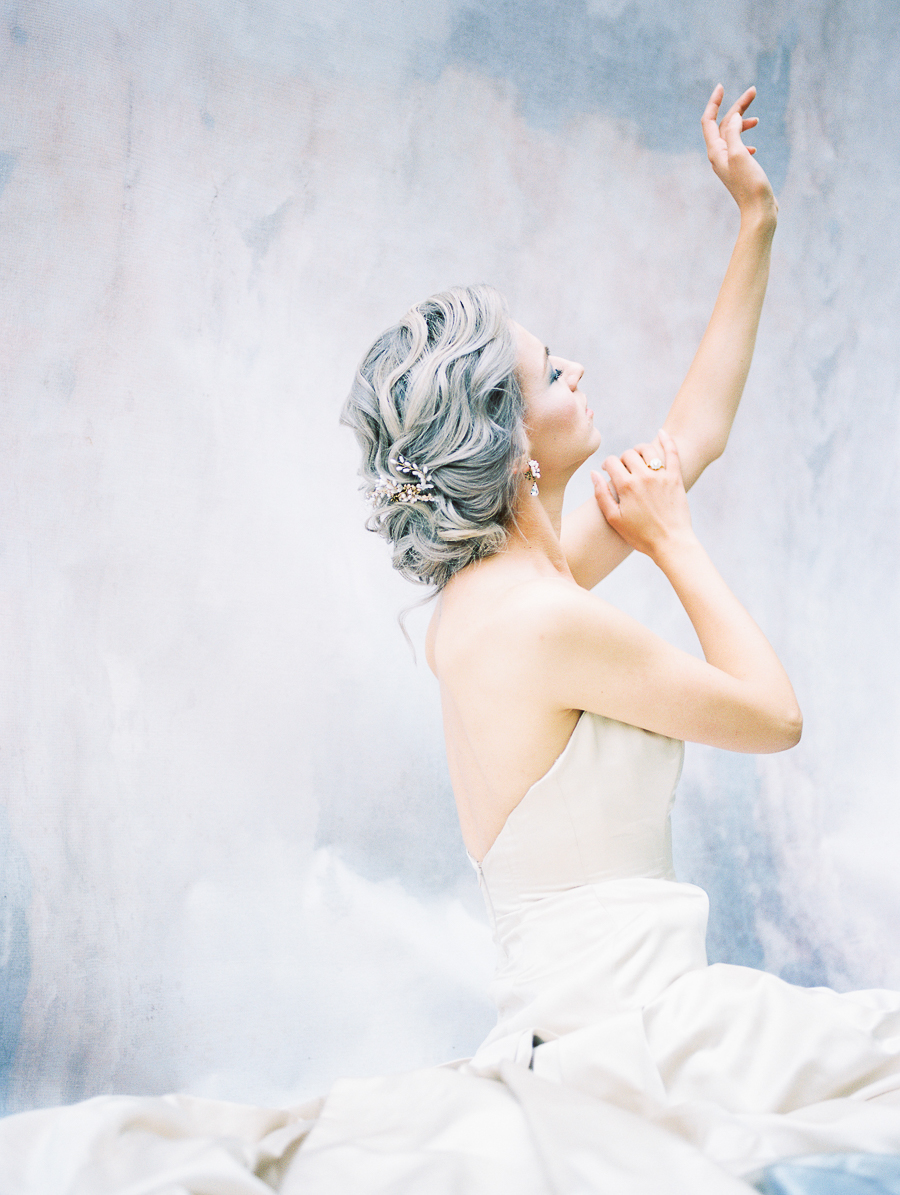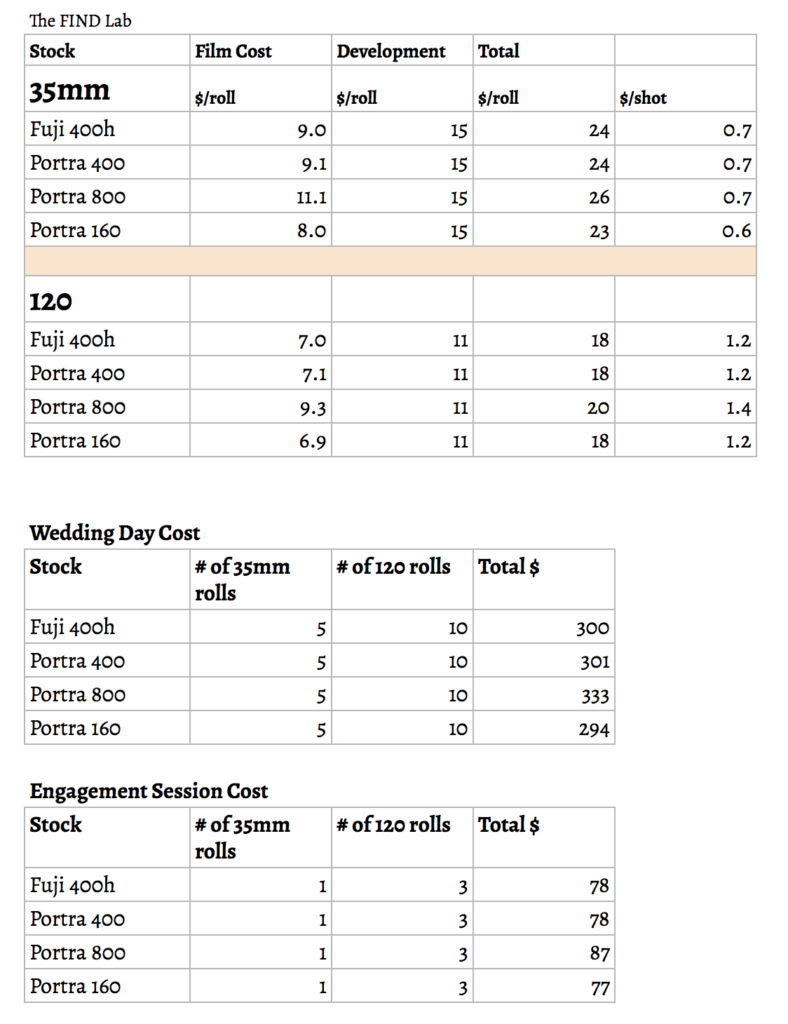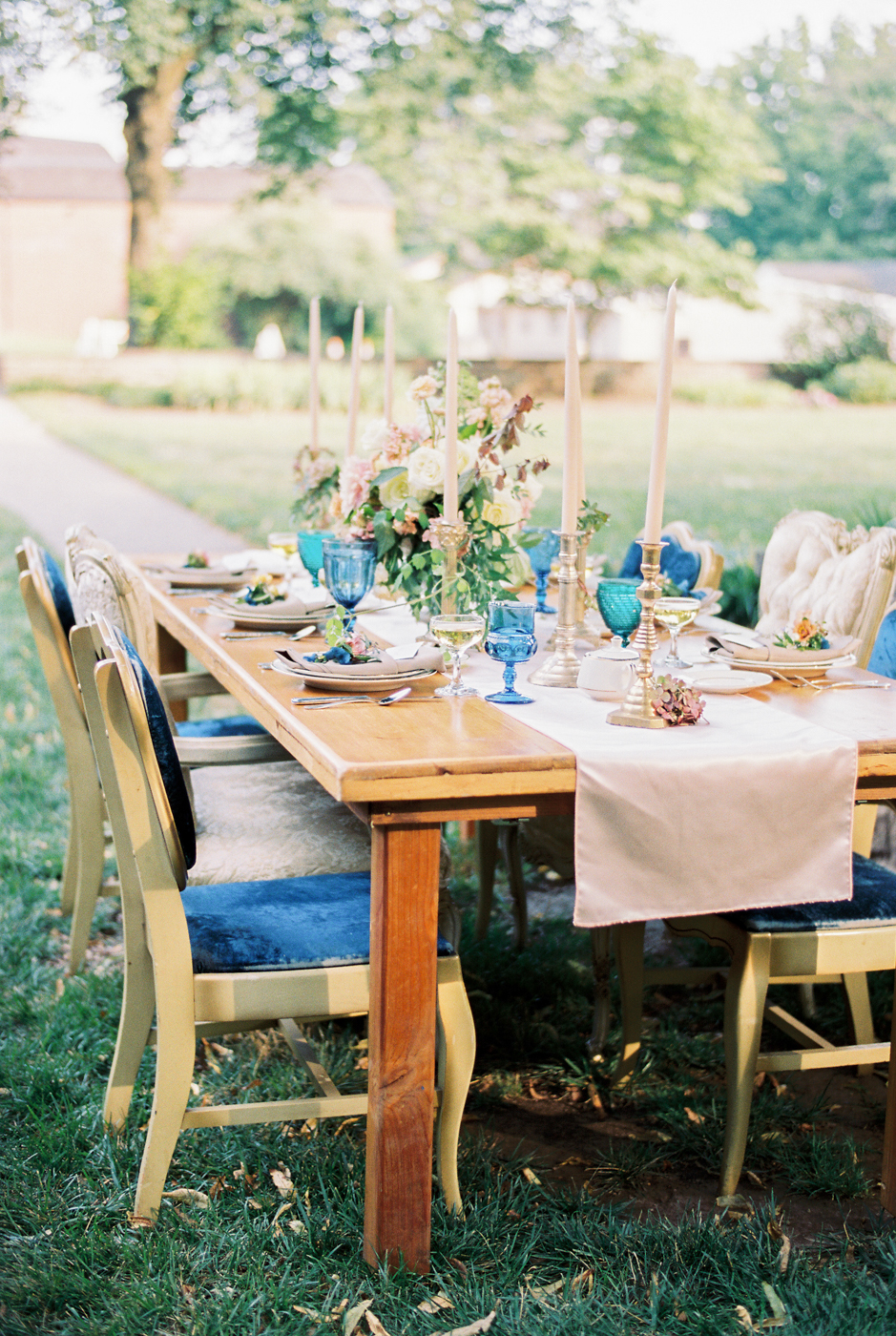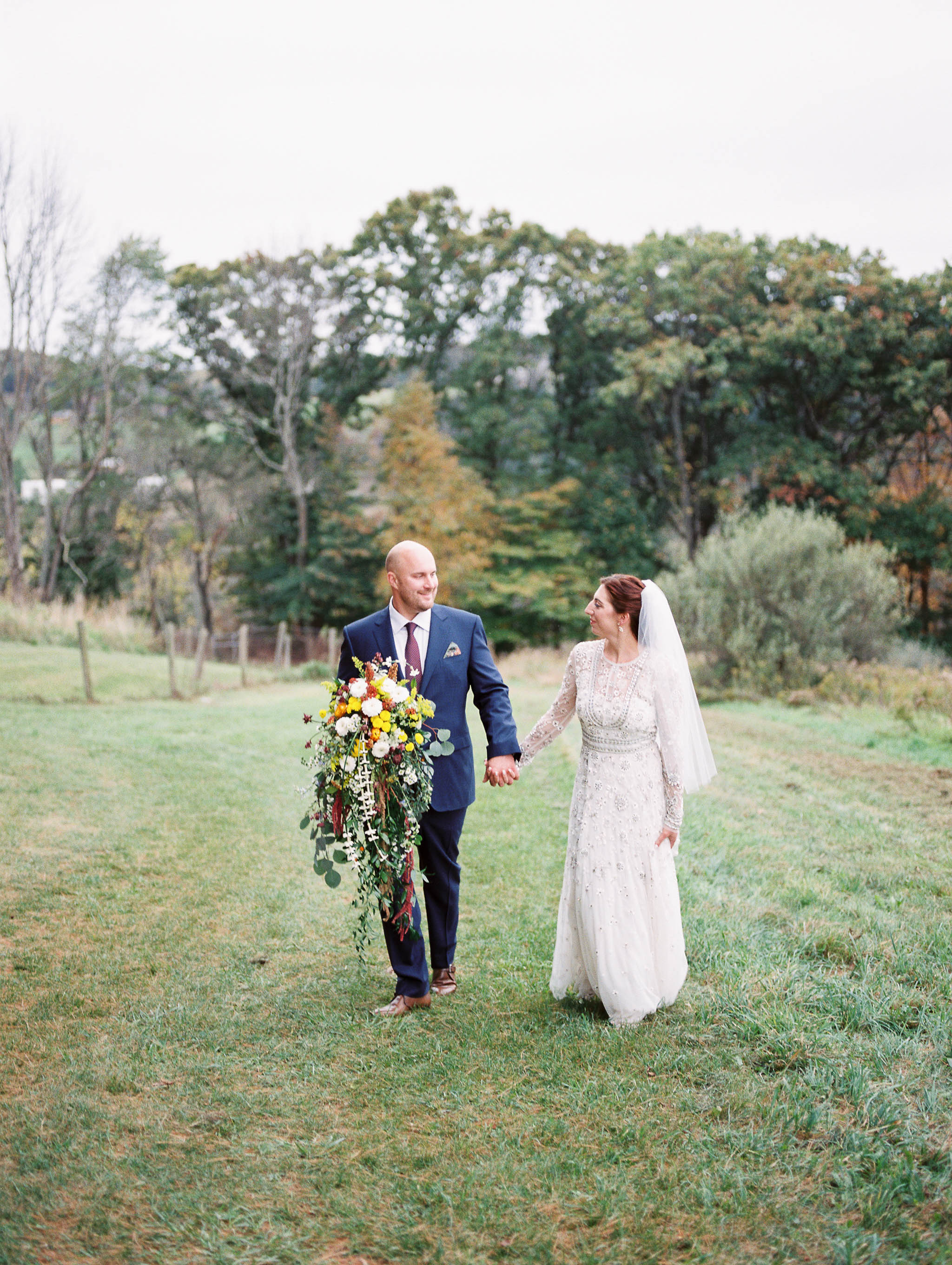CONNECT

I started shooting film (as in analogue photography vs. cinematography) in addition to digital photos in early 2016, but this is the first time ever that I actually sit down to calculate the cost of shooting film. My artist-free-spirited-worry-free side of me finally made room for the business owner’s sensibility. My conclusion after this exercise is that shooting film is expensive (well, I already knew :)) and I’ve got to love the art of it to part with that much of my revenue.
Before I dive deeper into this, some film-specific terms that might be helpful for you to understand this article. If you’re a film shooter, skip this 🙂
- Film stock: Film comes in different stocks (Fuji 400h, Portra 400, etc.) and each stock renders colors a bit differently. Think about the way filters work on your Instagram, only in this case, you’d pick the filter first.
- Film development (and scan): After you’ve shot your roll of film, you’d send it to a film lab that will develop it and scan the negatives to the computer and send you jpeg files of the film photos you took.
- 35mm vs. 120 film: 35mm is the most common film you’d see. It’s the one that has 24-36 shots per roll of film. 120 is called medium format film. The main difference between these types of film is that 120 film produces higher resolution photos and is less grainy than 35mm film.
Here’s the break down of the cost by different film stocks (cost of film + development was based on The FIND Lab’s pricing):

Here’s what you can take away from this chart:
- Every shot on film costs at least 60 cents and that’s whether it’s a good shot or not. It can also be $2-3/shot depending on the film lab you work with.
- Every wedding for me costs anywhere from $200 to $500 in film costs alone.
- My annual costs on film supply and development ranges anywhere from $5,000 to $8,500 (yikes!). That’s weddings only.
Why do I stick with shooting film then?
The short simple answer is because there’s no way to replicate how film renders colors and textures. The current post-processing technology can get the look and feel of digital photos pretty close to film images, but never 100%. Another reason is that it keeps me in check when it comes to assessing light and composing a photograph. Because of the cost of film, I learned to be thoughtful about what I photograph, even when I shoot digitally. It keeps me in the principle of compose then click, rather than click, click, click, then adjust compositions and keep clicking (which I used to do :D).
I heard somewhere that the music that comes from a vinyl record has characteristics that don’t exist in digital music because of the physical elements that are involved in a vinyl record playing on a turntable. Similarly, I think film photos are unique because of those physical elements like the film itself and the manual development process. Even though film photography takes so much more out of my business profit compared to if I just did digital photography, I still like to pursue it to inspire myself as an artist and beyond that, as a way of investing in my clients and giving them something special and timeless.
Share this story


